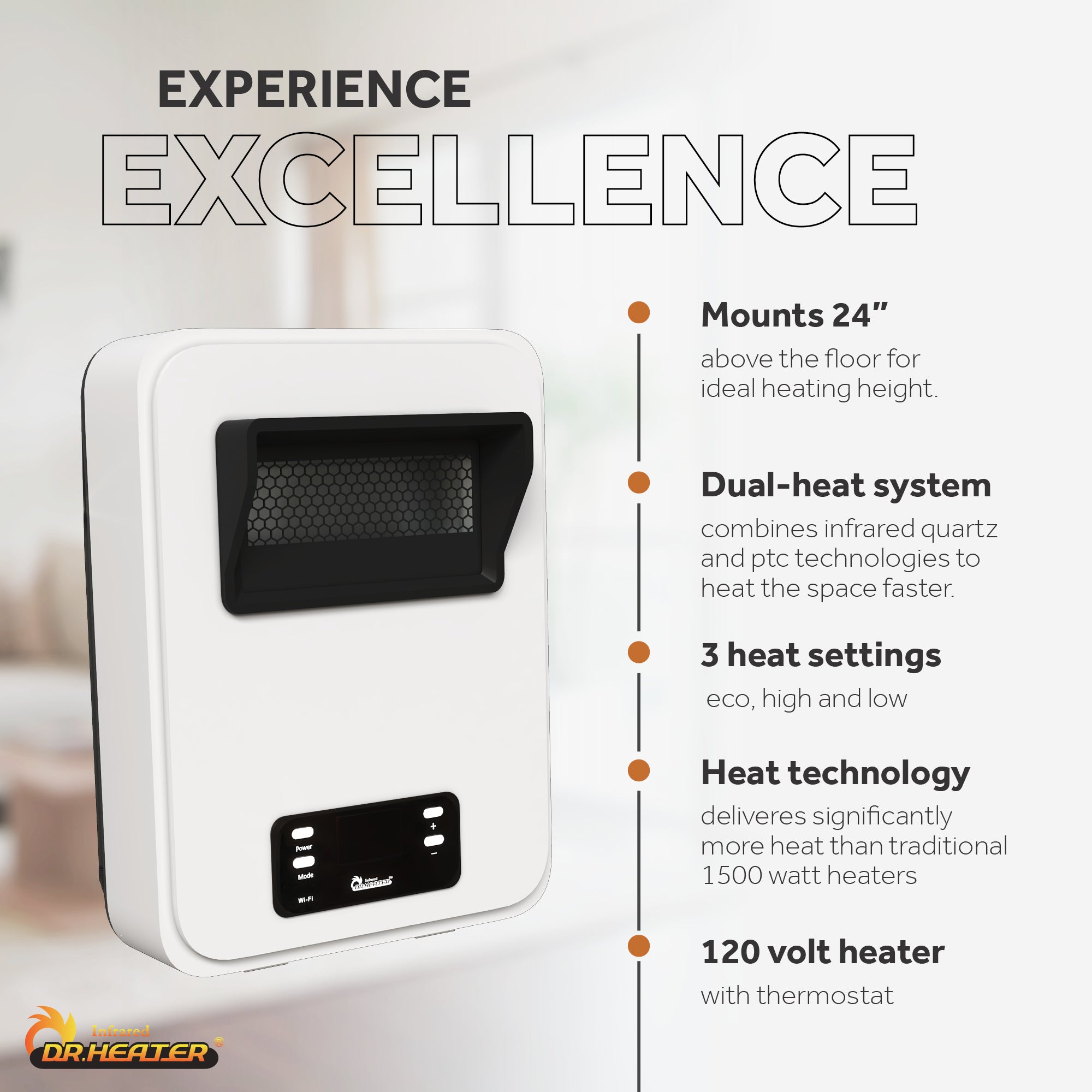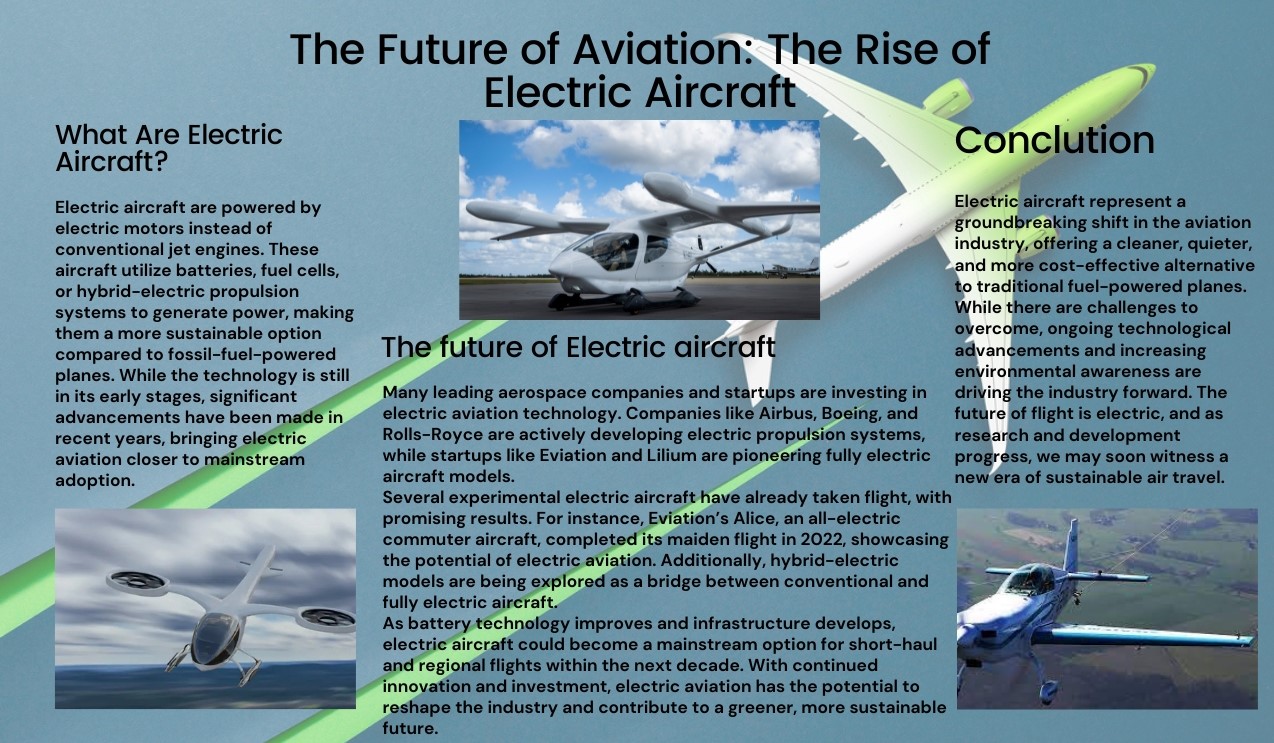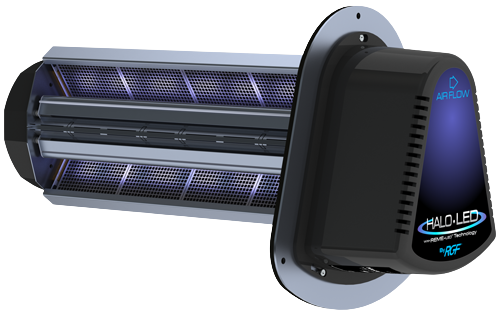Air purifiers keep our indoor air clean. They come in two main types: hybrid and traditional.
Understanding the differences between hybrid and traditional air purifiers can help you make a better choice. Hybrid technology combines multiple methods to remove pollutants, while traditional purifiers use a single method. This comparison can reveal which type suits your needs best.
Many people wonder if the new hybrid models offer real benefits over the well-known traditional ones. Comparing their features, costs, and effectiveness can provide valuable insights. By examining both, you can find the best fit for your home or office. Let’s explore how these technologies stack up against each other.

Credit: drheaterusa.com
Traditional Technology
Traditional air purifiers have been a staple in many homes for years. They use established methods to clean the air in your home. These methods are effective and have stood the test of time.
How Traditional Purifiers Work
Traditional air purifiers use mechanical filters to trap particles. They rely on physical barriers to capture dust, pollen, and other pollutants. These filters need regular replacement to stay effective.
Some traditional purifiers use UV light. UV light kills bacteria and viruses in the air. This method is effective but can be slow.
Common Types Of Traditional Purifiers
| Type | Key Features |
|---|---|
| HEPA Filters | Captures 99.97% of particles |
| Activated Carbon | Removes odors and gases |
| UV Purifiers | Kills bacteria and viruses |
HEPA filters are common in traditional purifiers. They capture tiny particles and are very effective. These filters need replacing every 6-12 months.
Activated carbon filters remove bad smells and gases. They are good for homes with smokers or pets. These filters also need regular replacement.
UV purifiers use ultraviolet light to kill germs. They are great for reducing bacteria and viruses in the air. These purifiers can be used with other filters for better results.
Traditional air purifiers are reliable and effective. They use simple but proven methods to clean the air in your home.
Hybrid Technology
Air purifiers keep our air clean and safe. Recently, hybrid technology has emerged as a significant advancement. This new technology combines the best of traditional methods with modern innovation. It offers improved air quality and efficiency. Let’s explore hybrid technology in more detail.
Understanding Hybrid Purifiers
Hybrid air purifiers use a mix of old and new technologies. They often combine HEPA filters with activated carbon filters. Some models include UV light and ionizers. This combination targets a wide range of pollutants. It ensures cleaner air than traditional systems. Hybrid purifiers can remove dust, smoke, pollen, and even bacteria. They work efficiently and are versatile.
Advantages Of Hybrid Systems
Hybrid purifiers offer several benefits over traditional systems. First, they provide better air quality. By using multiple technologies, they catch more pollutants. Second, they are more energy-efficient. This means lower electricity bills and a smaller carbon footprint. Third, they can be more durable. Combining different filters can extend their lifespan. Finally, hybrid systems are often quieter. This makes them ideal for homes and offices.
Comparing Effectiveness
Comparing the effectiveness of air purifiers with hybrid technology versus traditional technology is essential. This comparison helps consumers make informed decisions. Air purifiers are vital for maintaining clean indoor air. They remove pollutants and allergens. Let’s dive into the details.
Filtration Efficiency
Filtration efficiency is crucial in air purifiers. Traditional air purifiers often use HEPA filters. These filters capture particles as small as 0.3 microns. They are effective but may miss some finer particles.
Hybrid technology air purifiers combine multiple filtration methods. They use HEPA filters and other technologies, like activated carbon or UV light. This combination can capture a broader range of pollutants. Smaller particles, gases, and even bacteria can be trapped more effectively.
Coverage Area
Coverage area is another important factor. Traditional air purifiers usually cover smaller spaces. They are designed for single rooms or small areas.
Hybrid technology air purifiers often cover larger areas. They can purify the air in bigger rooms or even entire homes. This makes them more versatile for different living spaces.
In summary, both technologies have their strengths. Understanding these can help you choose the right air purifier for your needs.
Energy Consumption
Energy consumption is a critical factor when choosing an air purifier. Understanding how much energy a device uses can help save on electricity bills and reduce environmental impact. Let’s explore the energy consumption differences between traditional air purifiers and those with hybrid technology.
Energy Usage In Traditional Purifiers
Traditional air purifiers often use more energy. They rely on older technology, which can be less efficient. Many traditional models have powerful fans that run continuously. These fans consume a significant amount of electricity.
Older filters in traditional purifiers can clog up quickly. This causes the motor to work harder. As a result, energy usage increases. Regular maintenance can help, but it may not fully solve the problem. Many users report higher energy bills with these older models.
Energy Efficiency In Hybrid Purifiers
Hybrid air purifiers combine different technologies for better performance. They often use less energy compared to traditional models. Modern sensors in hybrid purifiers adjust the fan speed automatically. This smart feature reduces unnecessary energy consumption.
Hybrid purifiers usually have longer-lasting filters. These filters do not clog as quickly. A cleaner filter means the motor does not need to work as hard. Therefore, the energy used remains lower. Many people find hybrid purifiers to be cost-effective and energy-efficient.
Overall, hybrid technology offers a more sustainable choice. They help in reducing energy usage while maintaining clean air quality. This makes them a preferred option for many households.
Cost Analysis
When choosing an air purifier, understanding the costs involved is crucial. Both hybrid and traditional technologies have their own cost structures. Let’s dive into the details and compare the initial costs, as well as the maintenance and operational expenses.
Initial Costs
Hybrid air purifiers often come with a higher price tag. This is due to their advanced technology. They combine HEPA filters with other purification methods. Traditional air purifiers are usually less expensive. They rely on basic filtration systems. This makes them more affordable upfront.
Maintenance And Operational Costs
Maintaining hybrid air purifiers can be costly. They require multiple filter replacements. Some models use UV lights or ionizers, which need regular maintenance. These elements add to the ongoing expenses.
Traditional air purifiers have simpler maintenance needs. They usually require only one type of filter replacement. This keeps operational costs lower. Energy consumption also varies. Hybrid models might use more power due to additional features. Traditional models are typically more energy-efficient.
Overall, understanding the cost implications of both technologies helps in making an informed decision. Consider both initial and ongoing expenses before buying an air purifier. Each type offers different benefits and costs, so choose wisely based on your needs and budget.
User Experience
When deciding between air purifiers with hybrid technology and those with traditional technology, the user experience is crucial. A good user experience ensures that the air purifier is easy to use, quiet, and effective. This section will delve into the ease of use and noise levels of both types of air purifiers.
Ease Of Use
Hybrid air purifiers are often designed with the user in mind. They typically feature touch screens, remote controls, and smart home integration. Traditional air purifiers might have basic buttons and dials. They are straightforward but may lack modern conveniences. With hybrid models, you can adjust settings effortlessly from your smartphone. Traditional models may require manual adjustments. This difference can be significant for those who value convenience and modern technology.
Noise Levels
Noise levels can greatly affect your comfort at home. Hybrid air purifiers usually incorporate advanced noise reduction technology. They operate quietly, making them ideal for bedrooms and living rooms. Traditional air purifiers can be noisier. This noise might be disruptive, especially during the night. Hybrid models often have a “silent” mode. This mode ensures minimal noise while maintaining efficiency. Traditional models may not offer such features, resulting in a louder experience.
Making The Right Choice
Choosing between air purifiers with hybrid technology and traditional technology can be challenging. Each type has its advantages and disadvantages. It’s essential to weigh these to make the best decision for your needs.
Factors To Consider
When evaluating air purifiers, there are several key factors to consider. These will help determine which type is better suited for your environment.
- Efficiency: Hybrid air purifiers often combine different technologies. This can increase their efficiency in removing pollutants.
- Maintenance: Traditional air purifiers may require frequent filter changes. Hybrid models might offer easier maintenance.
- Cost: Initial costs and long-term expenses can vary. Hybrid models may have higher upfront costs but lower operational costs.
- Noise Level: Some air purifiers can be noisy. Check the noise level before purchasing.
- Energy Consumption: Hybrid models might be more energy-efficient. This can save on electricity bills.
Recommendations
Based on these factors, here are some recommendations:
| Scenario | Suggested Technology |
|---|---|
| High Pollution Areas | Hybrid Technology |
| Low Maintenance Preference | Traditional Technology |
| Budget Constraints | Traditional Technology |
| Energy Efficiency | Hybrid Technology |
Considering these recommendations can help you choose the right air purifier. Whether you go for hybrid or traditional technology, ensure it meets your specific needs.

Credit: www.worldptc.com

Credit: www.amazon.com
Frequently Asked Questions
What Is Hybrid Technology In Air Purifiers?
Hybrid technology in air purifiers combines HEPA and activated carbon filters. This dual approach captures particles and removes odors and gases. It’s more effective than traditional methods.
How Do Traditional Air Purifiers Work?
Traditional air purifiers use single-stage filtration. They typically use HEPA filters to trap particles like dust and pollen. They are less effective against gases and odors.
Are Hybrid Air Purifiers More Efficient?
Yes, hybrid air purifiers are more efficient. They combine multiple filtration methods to remove a wider range of pollutants. This results in cleaner air.
Do Hybrid Air Purifiers Cost More?
Yes, hybrid air purifiers generally cost more. They offer advanced technology and better filtration. The investment ensures superior air quality.
Conclusion
Choosing between hybrid and traditional air purifiers depends on your needs. Hybrid purifiers offer advanced filtration and energy efficiency. Traditional models, on the other hand, are often more affordable and simpler to use. Both have their unique benefits. Consider factors like budget, space, and air quality requirements.
Making an informed choice will ensure a healthier living environment. Remember to maintain your purifier for optimal performance. Clean air enhances overall well-being. So, select wisely and breathe easier with the right air purifier for your home.
Rakib Sarwar is a Registered Pharmacist and a reputed health and wellness blogger. He has a great interest in Air purifiers.
